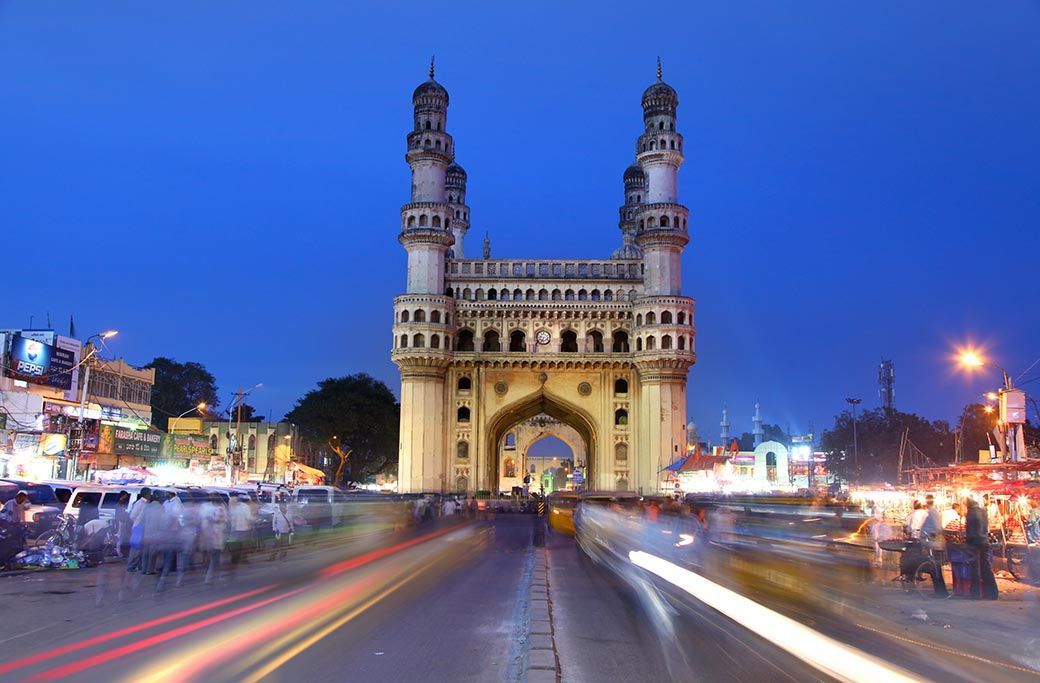Indian Rupee to Stage Recovery after Reserve Bank Hikes Interest Rates Next Week
- Written by: James Skinner
-Reserve Bank to raise rates a second time on Wednesday.
-Economists say this will be followed by another hike in December.
-Hikes to engineer a shallow recovery over coming months for INR.

© Adobe Stock
The Indian Rupee will be begin its recovery against the US Dollar and Pound next week, according to multiple analysts and economists, after the Reserve Bank of India (RBI) raises its interest rates for the second time this year.
India's central bank is now expected to raise its two main interest rates next Wednesday, taking the repo rate up to 6.5% and the reverse repo rate up to 6.25%, with 37 out of 63 analysts polled by Reuters each forecasting an upward move.
"The RBI made clear that the future path of monetary policy will be determined in large part by incoming data. With several indicators showing that activity remained strong in Q2 and core inflation surging to a four-year high last month, the stage appears to be set for the central bank to hike rates again at the conclusion of its policy meeting on Wednesday 1st August," says Shilan Shah, a senior India economist at Capital Economics.
According to Shah, this will mark a continuation of a hiking cycle that began back in June when the RBI raised rates for the first time since 2014, citing rising inflation and an increase in expecations of future price pressures.
Indian inflation subsequently rose to 5% during June while core inflation, which removes volatile food and energy items from the goods basket and so is seen as more representative of domestically generated inflation pressure, rose to 6.4%.
But the RBI is required to keep inflation at 4%, plus or minus 2% in either direction, over the medium term. This, and the strong rise in core-inflation, means further rate hikes are all but inevitable. Particularly as the RBI itself warned in June that inflation risks remain to the upside.
"Core inflation looks set to remain elevated by the standards of the recent past. Looser fiscal policy ahead of the general election in 2019 could stoke aggregate demand and lift price pressures. Meanwhile, large hikes to the minimum support price for key crops will lead to a jump in rural wages, while inflation expectations continue to rise," says Shah. "If members of the MPC were concerned about core inflation prior to their votes to hike rates in June, the latest data and developments will have done nothing to allay their worries."
Shah also forecasts that India's central bank will raise interest rates for a third time this year, likely in December 2018, which would leave the repo rate sat at 6.75% and the reverse repo at 6.5%.
Changes in interest rates, or hints of them being in the cards, are only normally made in response to movements in inflation but impact currencies because of the push and pull influence they have on international capital flows and their allure for short-term speculators.
Another rate hike next week and a broader cycle of policy moves over coming months will be good for the Indian Rupee, which is positive for the economy also, not least because the damage wrought on the currency by a strong US Dollar and exodus of investors from emerging market economies is also contributing to the rise in Indian inflation.
"We have linked higher oil prices and upward pressure on prices and India’s triple deficits as a key driver of INR underperformance, and those factors continue to play. The pressure on INR is further compounded by withdrawal of portfolio flows," says Avery Shenfeld, chief economist at CIBC Capital Markets.
A weaker currency makes imported goods more expensive for companies and consumers to buy. And the Rupee is currently sitting on a 7.6% loss against the US Dollar for 2018 so far, and on a 5% loss against Pound Sterling. It fell to a record low against the US greenback in late June and again in early July.
A stronger Rupee may then help contain swelling trade and current account deficits, which have themselves fuelled recent falls in the currency as Indians have kept selling more and more Rupees on the international markets in order to pay for imports of oil, prices of which are up more than 15% in 2018, and other goods. India's trade deficit rose to a 61 month high of $16.6 billion in June even after imports of oil and gold are removed from the numbers.
"While rate hikes from the RBI are blunt tools to counter imported price impacts, they help to moderate pressure on the currency. We anticipate RBI can potentially lift rates another two or three times this year. The track of USD/INR will be in large part dictated by broad USD direction, but upside can be capped and certainly slowed by intervention and rate hikes," Shenfeld adds.
The USD/INR rate was quoted 0.03% lower at 68.67 during the London morning Thursday while the Pound-to-Rupee rate was down 0.15% at 90.51.
CIBC Capital Markets forecast the USD/INR rate will fall back to 67.8 before the year is out and that it will then decline to 67.3 by the end of June 2019. They predict the Pound-to-Rupee rate will drop to 90.47 by year-end before rising back to 93.91 by the end of June 2019.
Advertisement
Get up to 5% more foreign exchange by using a specialist provider to get closer to the real market rate and avoid the gaping spreads charged by your bank when providing currency. Learn more here
